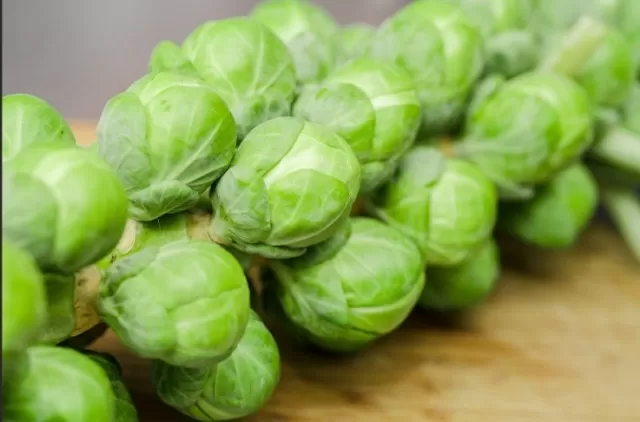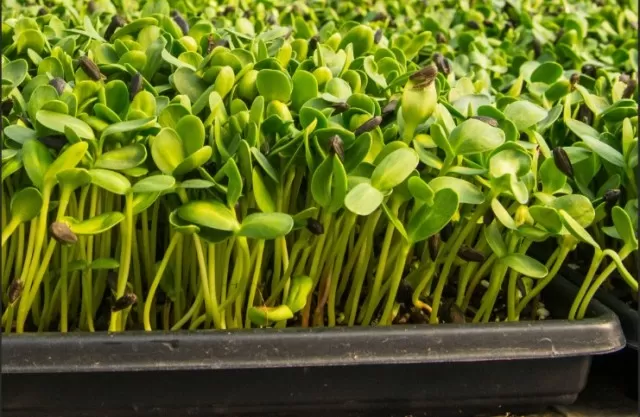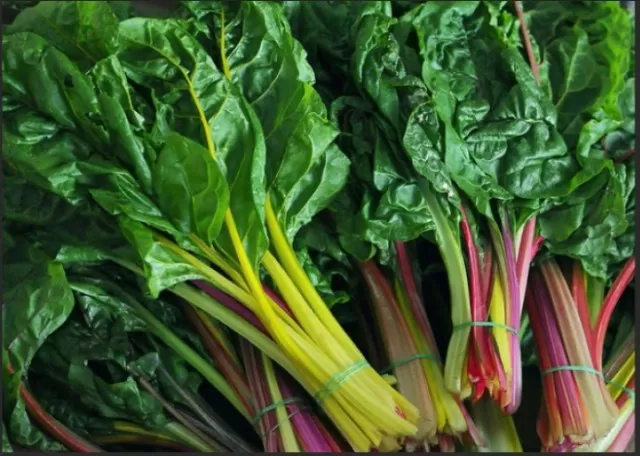Cold-Hardy Fall Garden Vegetables.Enhance the beauty and productivity of your garden while extending its growing season by introducing cool-season vegetables. These hardy, edible plants not only withstand the cold but thrive in it, often outperforming their warm-weather counterparts.
By cultivating vegetables that can tolerate low temperatures and even severe frosts, you can continue to enjoy fresh produce throughout the fall and winter months.
What’s more, these cool-season crops are typically less susceptible to damage from common garden pests. To keep your Vegetable Garden thriving as temperatures drop, consider planting some of these recommended fall vegetables, as suggested by gardening experts.
Your garden will not only add a splash of color to the winter landscape but also offer you a continuous supply of delicious, homegrown produce.
Brussels Sprouts: Hardy Cold-Weather Vegetables

Brussels sprouts, scientifically known as Brassica oleracea var.
gemmifera, are among the most robust fall vegetables, capable of thriving in freezing temperatures. Their cold tolerance makes them an excellent choice for late-season gardening.
The typical maturation period for Brussels sprouts ranges from 90 to 110 days.
However, determining the right time to harvest them is not solely about the passage of time. You’ll know that your Brussels sprouts are ready to be harvested when they exhibit specific characteristics.
Look for sprouts that are round, firm, tight, and display a healthy color. These visual cues ensure that you’re picking them at their peak flavor and quality, ready to be enjoyed in a variety of delicious culinary preparations.
With their cold resistance and delectable taste, Brussels sprouts are a valuable addition to any fall or winter garden.
Turnips: A Versatile Root Vegetable for Your Garden
Turnips, scientifically known as Brassica rapa, are a cold-tolerant and Versatile addition to your garden.
When it comes to direct sowing, turnips are among the root vegetables that can be grown this way, as suggested by Correia. The harvest time for turnips varies depending on how you plan to use them.
If you intend to enjoy the greens, varieties grown for their leafy tops typically reach maturity in about 30 to 45 days after planting.
On the other hand, if you’re cultivating turnips for their edible roots, they generally take a bit longer, maturing in approximately 50 to 70 days. This flexibility makes turnips an excellent choice for gardeners who appreciate both the leafy greens and the flavorful roots, and it allows you to enjoy their delicious taste in a variety of culinary dishes.
Microgreens: Tiny Plants, Big Rewards in Your Garden

Microgreens, the miniature versions of vegetables and herbs harvested as seedlings, offer a delightful and rewarding gardening experience, especially for beginners, according to Spoonemore.
These diminutive greens are not only easy to cultivate but also bring a burst of flavor, color, and nutritional value to a wide range of dishes.
When it comes to microgreens, you have a variety of options to choose from.
Consider trying cool-season varieties like Ruby Red Swiss Chard Microgreens, which can thrive in your garden and elevate your culinary creations. The best part is that microgreens are quick and hassle-free to grow, making them an ideal choice for seasonal gardening.
Whether you have a dedicated garden plot or just a small space, microgreens offer an accessible and rewarding way to explore the joys of homegrown greens and enhance the flavors and aesthetics of your favorite dishes.
Green Peas: A Cool-Weather Delight for Your Garden
Green peas, scientifically known as Pisum sativum, are another wonderful addition to your garden, particularly if you appreciate vegetables that thrive in cooler conditions.
These peas can withstand freezing temperatures, making them an excellent choice for cooler climates and the early stages of the growing season.
To cultivate green peas successfully, it’s advisable to direct sow them when the soil temperatures reach at least 40 degrees.
The maturation period for green peas typically ranges from 50 to 70 days. You’ll know it’s time to harvest them when the pods are plump and well-filled, but it’s crucial to do so before the seeds inside become starchy.
This way, you can savor the sweet and tender flavor of freshly harvested green peas, whether enjoyed on their own or as a delightful addition to your favorite dishes.
Swiss Chard: A Versatile and Cold-Tolerant Green

Swiss chard, scientifically known as Beta vulgaris, belongs to the same species as beets, albeit without the distinctive swollen roots.
This leafy green is not only a versatile addition to your garden but also remarkably easy to grow, making it an excellent choice for both novice and experienced gardeners. Swiss chard is also known for its ability to tolerate mild freezes, further enhancing its appeal.
When cultivating Swiss chard, you can expect to harvest its lush leaves approximately four to six weeks after planting.
The leaves are typically ready for picking when they reach a length of about 12 inches. This versatile green can be incorporated into a wide range of culinary dishes, from salads to sautés, and it offers a delightful combination of flavor, color, and nutrition.
Whether you’re a seasoned gardener or just starting your gardening journey, Swiss chard is a valuable addition that can elevate your garden and your Dining Table.
*The information is for reference only.